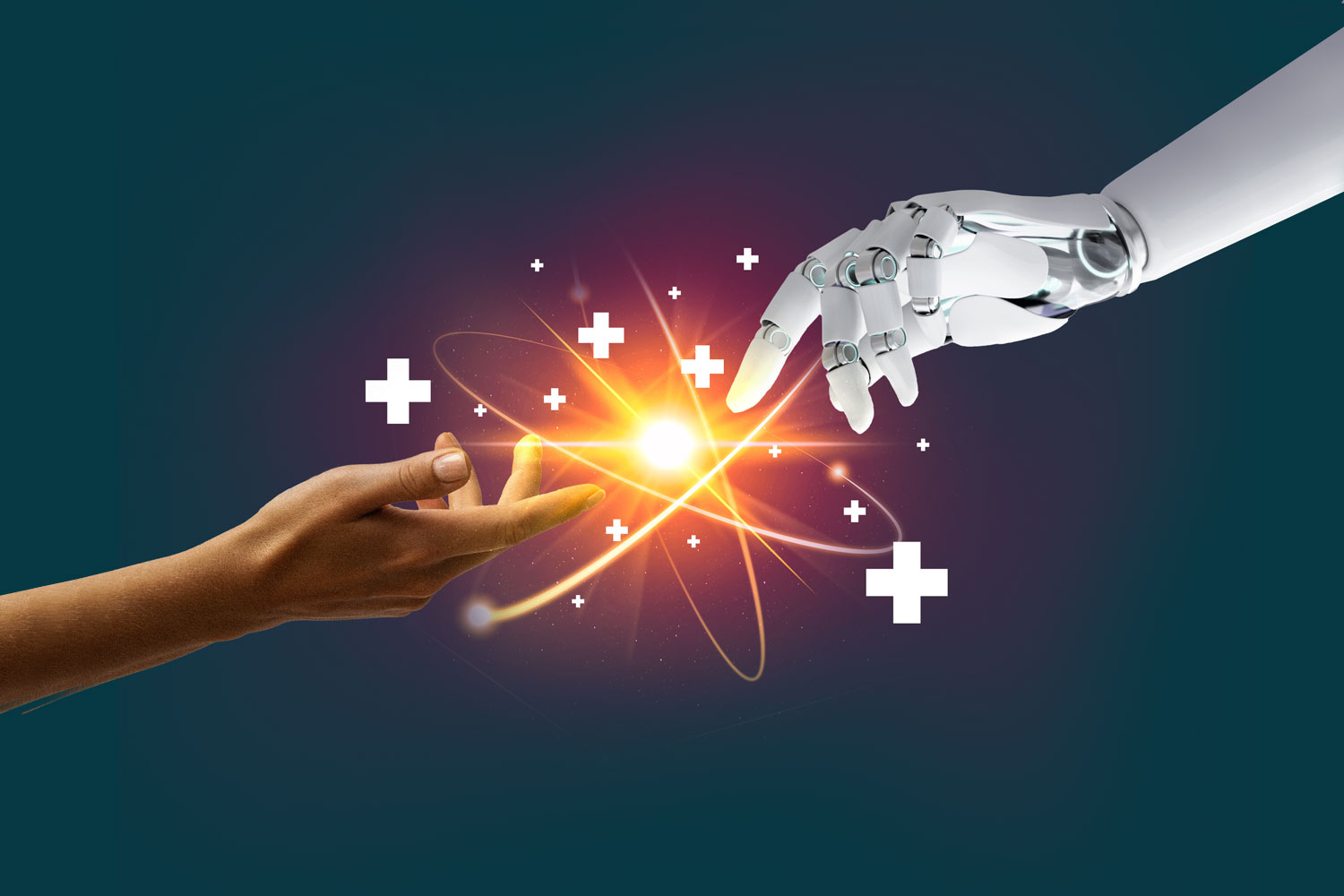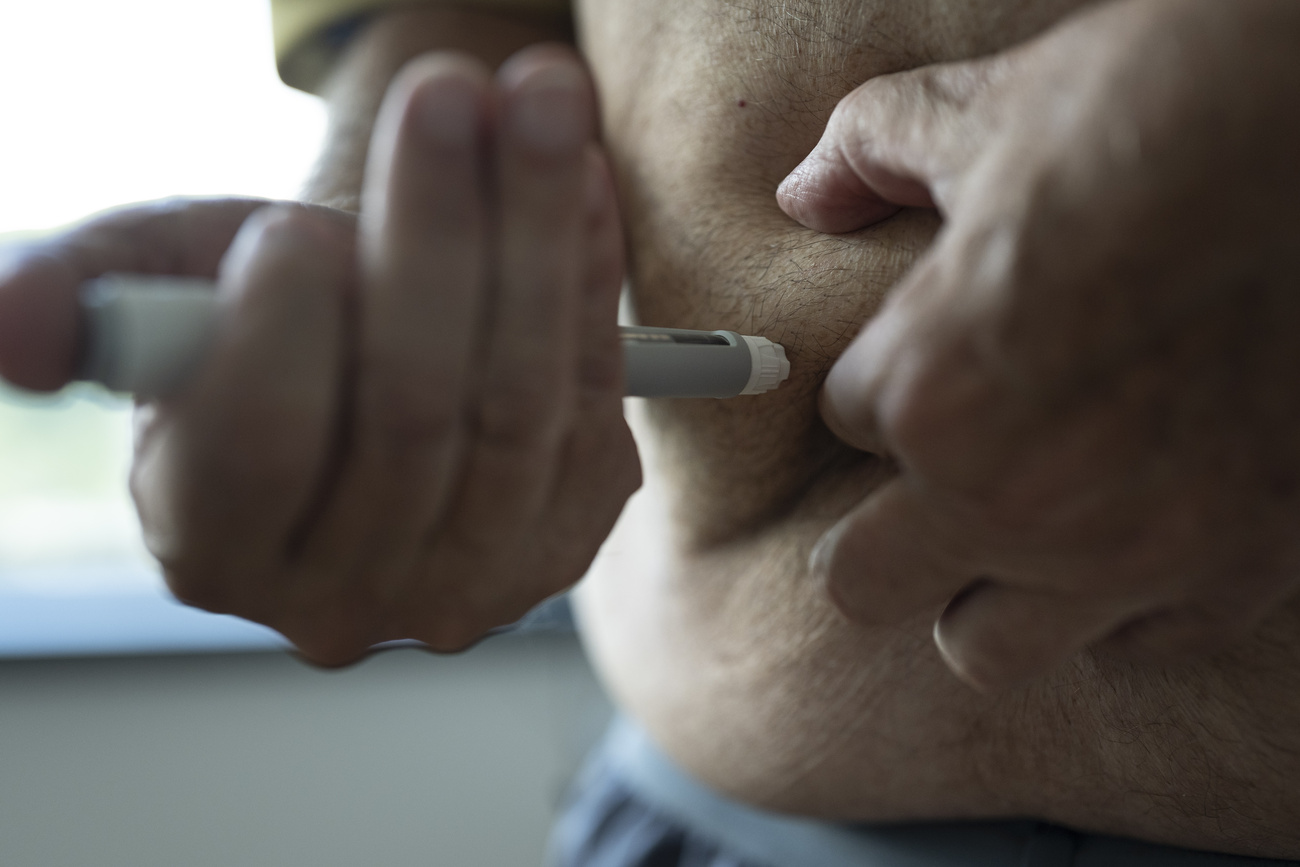
Swiss scientists develop method for ‘printing bones’

Researchers at the Swiss Federal Institute of Technology Lausanne (EPFL) have developed a bio-composite that is unprecedentedly strong, light, and environmentally friendly. They hope to use it to mend works of art and coral reefs as well as bones.
The new 3D-printable ink contains a bacterium that produces calcium carbonate on contact with a solution containing urea, EPFL said in a statementExternal link on Thursday. Within about four days, any shape from the 3D printer mineralises into a bone-like material.
The result is a strong and resilient bio-composite, which can be produced using a standard 3D printer and natural materials, and without the extreme temperatures often required for manufacturing ceramics, the researchers said.
They presented this new printing method in the journal Materials Today. The end products no longer contain any living bacteria, as they are immersed in ethanol at the end of the mineralisation process.
Mending marine reefs
In addition to its potential applications in medicine, the material is ideal for restoring works of art. It can be injected directly into a vase or statue. In addition, the ink is a promising candidate for the construction of artificial corals that could be used to regenerate damaged sea reefs.
Producing bone-like materials in a laboratory or factory is “extremely challenging”, the researchers said. The ink would have to be liquid enough to be injected from a 3D printing nozzle, but solidify after printing. Previously, researchers tried to obtain such materials by mixing small mineral particles into the ink. However, the resulting structures tended to shrink as they dried, leading to cracks.

More
Switzerland a leader in 3D printing technology, patent records show

In compliance with the JTI standards
More: SWI swissinfo.ch certified by the Journalism Trust Initiative



























You can find an overview of ongoing debates with our journalists here . Please join us!
If you want to start a conversation about a topic raised in this article or want to report factual errors, email us at english@swissinfo.ch.